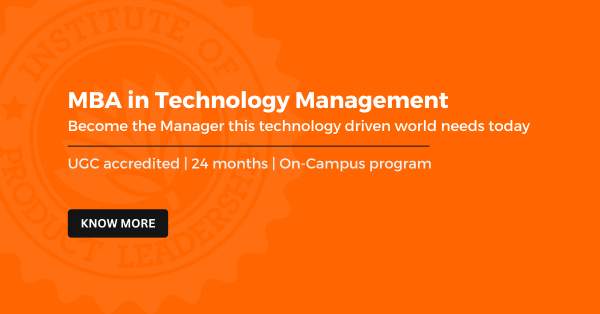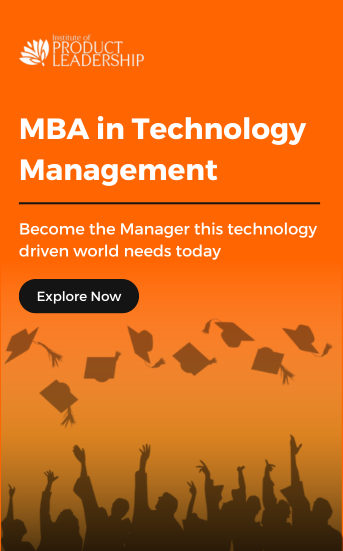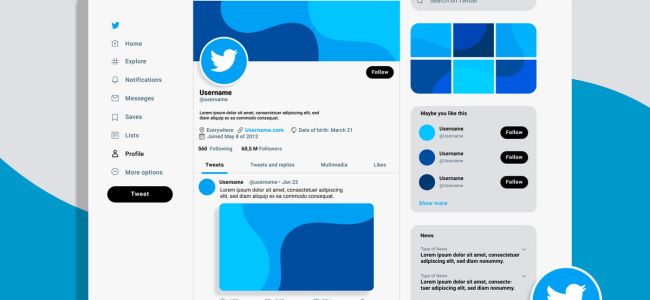100% Placement Results - Why Tech Employers Hire Our Graduates
- Career
- 5 min read
If you’re considering an MBA in Information Technology or Technology Management, you’re probably not just chasing a degree. You’re chasing change.
Whether it’s a career switch, moving into leadership, or stepping away from purely technical roles, the real question is, will this investment pay off?
And it is there that placement results should count, not as a headline figure, but as an indication of whether the system succeeded in enabling people like you to take that step.
In programs like the MBA in Technology Management offered by the Institute of Product Leadership, the 100% placement rate is less about marketing and more about momentum. It reflects what happens when career transitions are intentionally designed, not left to chance.
- A 100% placement strategy translates to a working system, not a shortcut. It is not an overnight miracle; it is the product of structure, support, and relevance.
- Students will excel when the career support is integrated rather than an afterthought. This means that when recruitment training proceeds hand in hand with acquisition, then results are automatically boosted.
- Confidence is created by projects in the real world, not any theory. Doing actual work makes interviews less intimidating and decisions more informed.
- The relevance in the industry is not only by knowing but also by doing. Your skills and experience in creating, constructing, or resolving something matter more than your education.
- Programs that meet you where you are help you get where you want to go. Whether you’re switching, accelerating, or rediscovering, your journey needs the right kind of structure.
What 100% Placement Actually Means?
The 100 percent placement does not mean that students receive a unicorn job overnight. It implies that students are ready, self-willed, and assured that their goal will involve roles that achieve their objectives.
They have been trained on the ways to present themselves, the ways to present their work and the ways to attract hiring teams through clarity and certainty.
So how does this happen?
- The curriculum stays close to industry – courses are continually updated to support the most realistic hiring trends, whether in product, data, or tech leadership. This makes students stay relevant, not theoretical.
- Students build portfolios, not just resumes – Every student is encouraged to showcase live projects and problem-solving ability. These artefacts assist employers in evaluating what they are capable of doing.
- Placement support isn’t an afterthought – Placement aid does not happen after graduation- Mentorship, mock interviews, and career coaching begin at an early stage. It is an ongoing process that accompanies the coursework.
The structure ensures that when the time for placement comes, students are not only ready but already in motion.
Why Should Students Care About These Results?
If you’re putting time and money into an MBA, the return shouldn’t be left to luck.
- It shows a working system
A consistent placement track record normally implies that the learning experience has been well planned. You are not taking risks with a possibility; you are going into a tested arena. - It reduces guesswork
You are taken through the job market instead of figuring it out on your own. Peer groups, coaches, and alumni will ensure you do not make typical errors and keep your goals in mind. - It reflects the value of time and money spent
The point is not to get any job but to get the right type of job, which suits your development. Such a result is worth the investment.
Why Tech Companies Say Yes?
Business firms no longer want MBAs so much as they want individuals who can bring immediate value. The most desirable candidates would be able to step into the ambiguity, solve problems, and articulate themselves clearly.
Employers always appreciate the following:
- Problem-first thinking
Rather than rushing to show off tools or jargon, students are taught to dig into the root problem. This makes their solutions more grounded and impactful. - Communication across domains
Technical, product, and business people do not use the same language. Students who are capable of spanning those worlds are incredibly useful in cross-functional environments. - Comfort with ambiguity
The real world does not define its projects very neatly. Live assignments enable the students to learn how to deal with prior shifting priorities and partial information and shifting targets. - Portfolio > theory
The projects you created and the problems you fixed matter more to the hiring managers than the things you have memorised. Portfolios give you an opportunity to demonstrate your strengths very well.
A Curriculum That Trains You Like It’s Day One on the Job
The MBA in Technology Management isn’t just about completing credits; it’s about building readiness.
- Work-like assignments that simulate business challenges
Students pitch, create, iterate, and reflect on how real positions in tech and products look. - Modern methods and tools like Agile, OKRs, JTBD, and roadmapping
These are not catchphrases; they are integrated into the projects and conversations in order to establish muscle memory. - Courses on tech-business intersections
Such lesson topics as AI in business, digital transformation, and customer-featured innovation provide students with strategic and operational exposure.
Everything is designed to connect the dots between learning and doing, so you’re never just absorbing, you’re applying.
Hands-On Work That Feels Like Work
Learning feels different when the stakes are real, even if it’s just a practice pitch.
- Capstone product challenges judged by industry experts
These are not merely theoretical, but they are designed to represent an actual delivery pressure and that of stakeholders. - Live client engagements
Students have an opportunity to address the problems of real companies, and it helps them not only gain experience but also confidence. - Hackathons and working sprints
High-intensity, team-based working conditions educate the students to prioritize, work cross-functionally as well as construct under constraints. - Mentorship that’s honest and practical
Whether it is about assisting you in formulating a pitch or revising your resume, mentors are not concerned with giving compliments; they just want to see clarity.
This kind of learning forces you to step up and prepares you for how things work in the real world.
Hands-On Work That Feels Like Work
These are the jobs that emphasize interpreting business issues using data, creating dashboards, and suggesting decisions through insights.
A Tech MBA isn’t for every person. But if you’re a person who is conflicted between adoring technology and wishing to shape the larger picture, it could be just what you need.
Unlike old-school MBAs that attempt to touch on everything from under the sun, a Tech MBA equips you with the targeted expertise to lead in technology-first companies. You learn how to manage not just people, but ideas, systems, products, and innovation. And that’s what the future of leadership looks like.
So, before you commit to just another MBA program, ask yourself:
Do I want to build things, or do I want to decide what gets built, why, and how to grow it?
If it’s the second one, then maybe it’s time to seriously consider a Tech MBA.
Career Support That Doesn’t Wait Till the End
Good placements start with good preparation, not last-minute scrambling.
- Personalized resume and portfolio reviews
The students receive individual feedback, making their profiles crisp and clear, no more generic LinkedIn profiles. - Mock interviews with real hiring managers
You do not just get peer-to-peer feedback, but feedback from individuals who have actually been hired for the positions you desire. - Peer coaching and review sessions
Being reviewed by others who are in a similar situation will enable you to know how to explain your story better. - Warm intros to hiring partners
Instead of applying cold, you walk in with visibility, because recruiters already know what kind of talent the program produces.
This ecosystem ensures students aren’t just prepared, they’re supported, consistently and personally.
Where Does an MBA in Technology Management Take You?
This isn’t a narrow track. It’s a multi-lane highway.
- Product Management roles
Ideal for those who want to build digital experiences, work with cross-functional teams, and prioritize features that matter. - Customer Success, Growth, and GTM roles
For professionals who enjoy driving adoption, retention, and revenue with users at the centre. - Tech Strategy and Transformation roles
Perfect for those moving from IT or services into consultative, leadership-facing positions. - Business Analyst or Platform Owner roles
If you like systems, workflows, and aligning tech with business needs, this is a strong pathway.
Each of these has depth and growth potential, especially if you come with the right mindset and preparation.
A good placement record doesn’t make a great program. But it does point to something important: consistency.
When students are supported, trained, and challenged with purpose, career transitions become far more achievable.
If you’re considering the MBA in Technology Management by the Institute of Product Leadership, take time to get to know the alumni. See what kind of work they’re doing. Look beyond the number and focus on the process that helped them get there.
That’s where the real value lives.
Frequently Asked Questions (FAQs)
It opens up career paths in IT strategy, digital operations, product management, cybersecurity, and more across fast-growing tech-enabled industries.
That depends on your goals. But if you’re looking to merge business sense with tech fluency, an MBA in Technology Management is one of the most future-forward options.
If the program is practical, well-structured, and offers real placement support, yes. It can help accelerate your transition, especially in tech and product spaces.
Yes. The Institute of Product Leadership offers a hybrid format with weekend online sessions and occasional campus residencies. This flexibility makes it feasible without quitting your job.
Most report a 60–100% increase, with average CTCs ranging from ₹12 LPA to ₹25 LPA depending on background and role.






